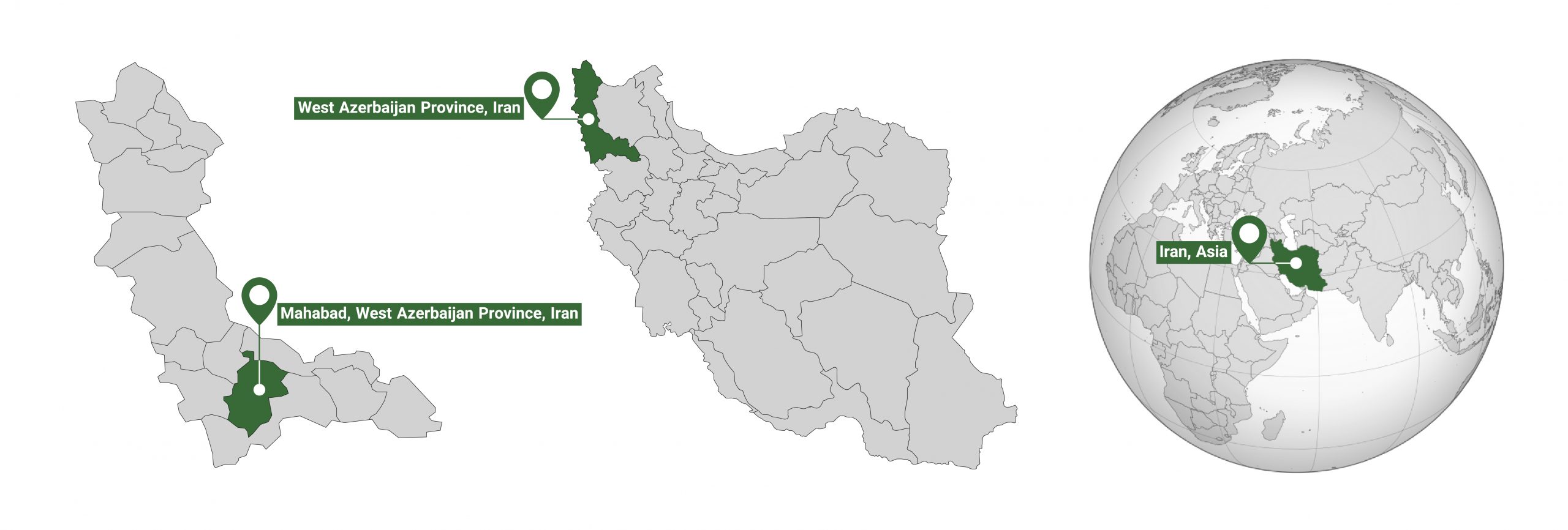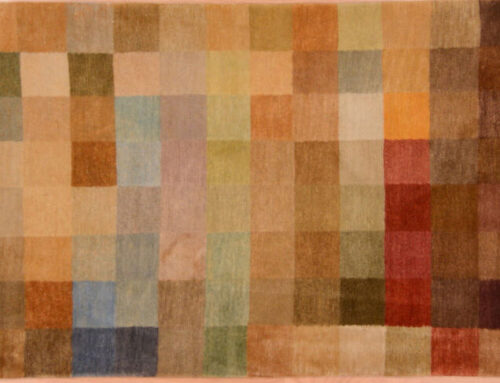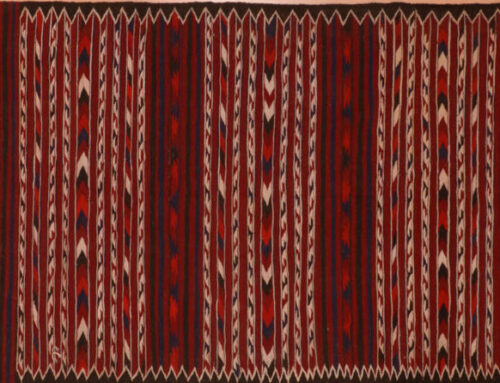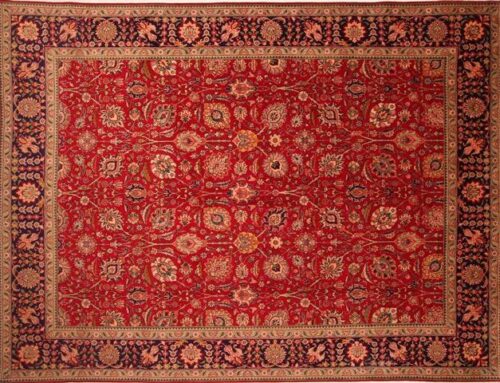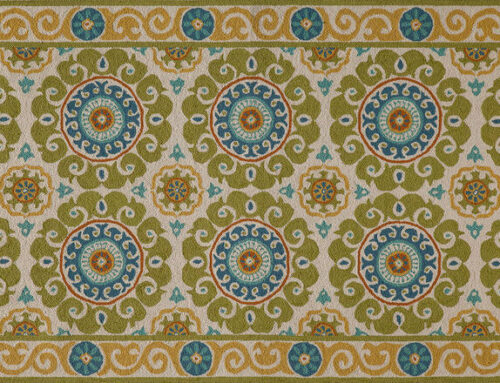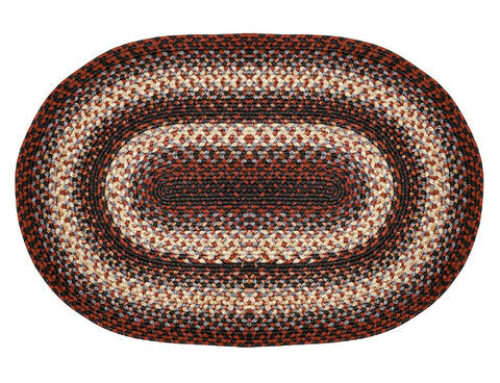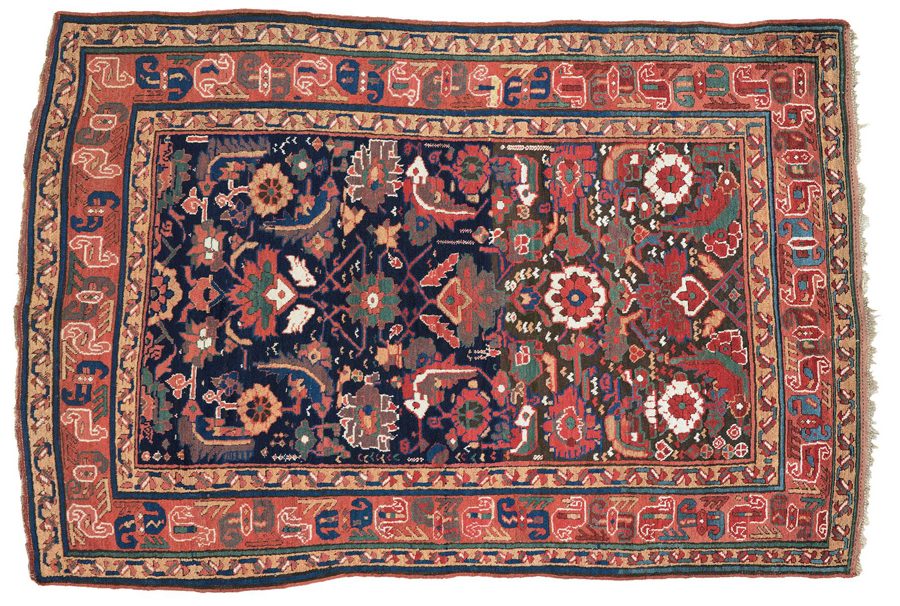
Origin of Mahabad Rugs
Mahabad is a village, northwest of Tabriz, in the province of Azerbaijan in northwestern Iran. Although a Turkish dominated district, obvious traces of Kurdish influence can be seen.
History of Mahabad Rugs
This ancient region of Iran is very renowned for rug weaving. It has a rich history that dates back a long time. Here, in these rugged and mountainous conditions, much like many other parts of Iran, almost all the men and women have the talent and skill to weave high quality carpets by hand, with no use of modern technology whatsoever.
In some cases, rug weaving is the family’s main source of income. They trade the rugs in nearby cities with local merchants for staples and necessities of the home.
A few regions and towns that are included in this Turkish region of Iran are Ardabil, Bakhshaish, Gharadjeh (Gharabagh), Goravan, Heriz, Mehriban, Sarab, and Shahsavan.
Their weaving style originates partly from Mongols who invaded Iran in the 13th century, and settled the northwest. This historic region of Iran and some parts of Turkey and Uzbekistan have really been significant in the forming of the present day carpet industry. Carpet weaving has long been a custom of theirs and they continue to weave them everyday.
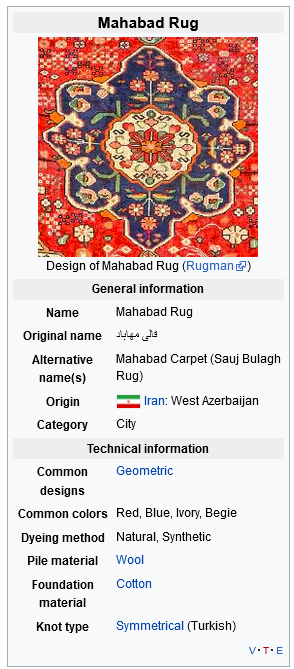
Mahabad Rug Infobox | © WikiRug
Characteristics of Mahabad Rugs
-
Material and Knots
Weavers of these regions usually use their own symmetrical Turkish double knotting style, which tends to be dense and tightly packed down. The asymmetrical Persian knot can also be seen in cities such as Ardabil. The pile of these rugs is thick lustrous wool, handspun from local sheep. Cotton is the material of choice for the foundation because it is very strong. However, goat hair can also be seen in some Turkish tribal carpets. In a few regions such as Ardabil, silk is blended in with the wool pile to produce a gorgeous rug.
-
Color
The main color is usually a rich burgundy, or dark tanned beige to an almost taupe brown. Other colors are also seen. Ideally, a Turkoman rug will only have a few main colors, such as burgundy, navy blue, ivory, and beige. Also unlike Persian tribal rugs, there will be great color consistency throughout a Turkoman. Generally, the rugs of Mahabad are very elegant and sophisticated and they will bring class to almost any room.
Natural vegetable and root dyes are mainly used for the coloring of the rugs. These rugs are generally very sturdy and hardwearing and they still use the brilliant weaving techniques that they used thousands of years ago.
-
Design and Pattern
Mahabad produces mainly Turkoman pieces, which are easily distinguished from Persian rugs. A small percentage of Mahabads are very close in appearance to coarse Tabriz pieces mainly because of the town’s closeness to Tabriz. The Turkoman pieces of Mahabad, much like any other Turkoman, have an all over pattern made up of a small geometric Turkish motif spread throughout.

